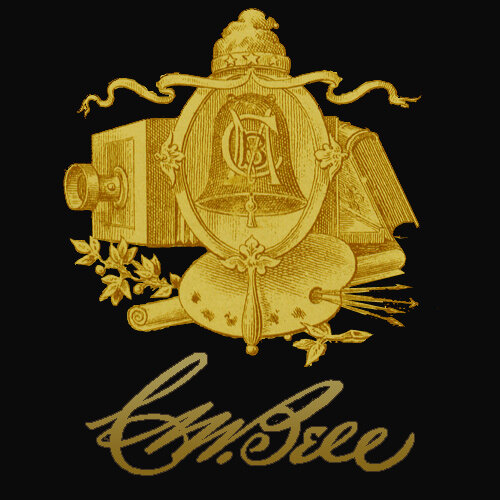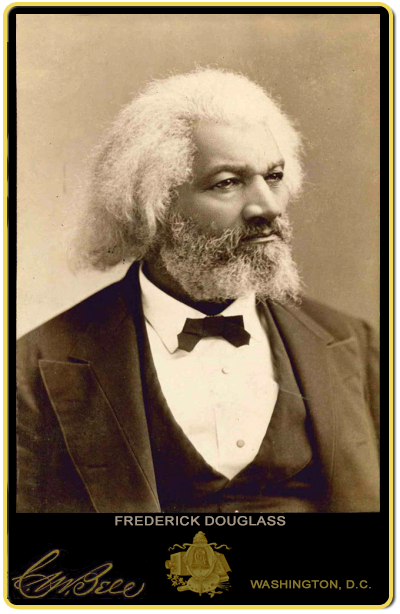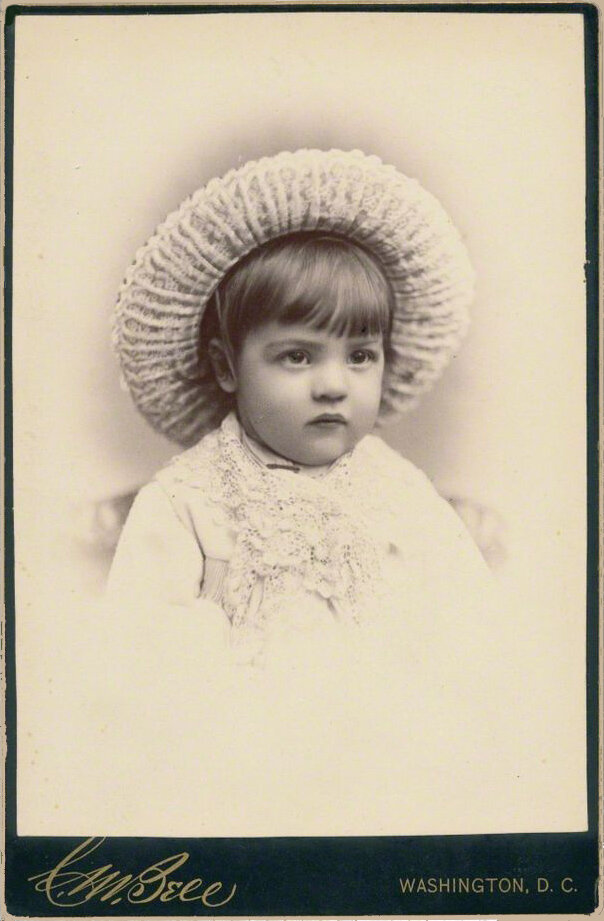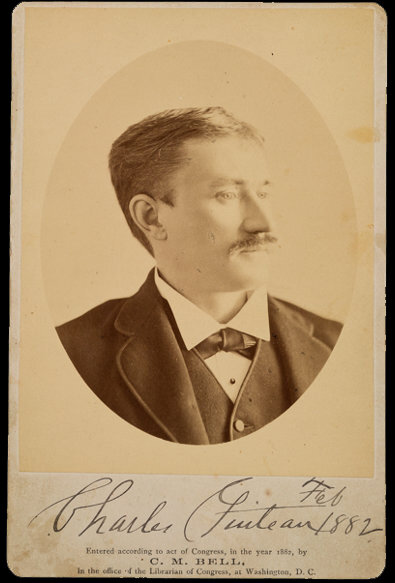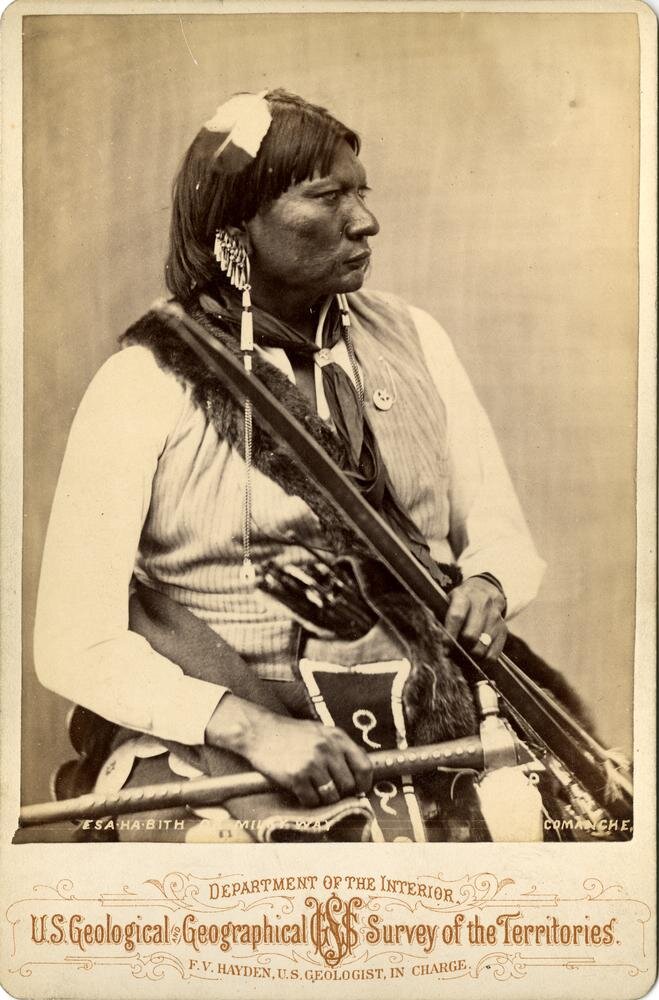Portraits of a Era
Mrs. Grover Cleveland’s Cabinet Card
The cabinet card emerged in the 1860s as an evolution of the earlier carte de visite, offering a larger and more detailed portrait format. First introduced in England by W. & F. Langenheim, the style quickly gained popularity in the United States after the Civil War, becoming a standard for photographic portraiture by the 1870s and 1880s. Measuring approximately 4 ¼ by 6 ½ inches, cabinet cards featured albumen prints mounted on thick cardstock, often bearing the photographer's name or studio imprint along the border.
Their larger size made them ideal for home display, typically placed on parlor cabinets or in specially designed albums, allowing families to showcase their cherished portraits in an era before framed photographs became common. Cabinet cards not only preserved images of loved ones but also played a key role in celebrity culture, with portraits of actors, politicians, and other public figures widely distributed. The format reached its peak in the late 19th century, but by the early 1900s, new photographic methods, such as real photo postcards and snapshot photography, led to its decline. Despite this, cabinet cards continued to be produced into the 1920s, with some studios still offering them as late as 1924.

